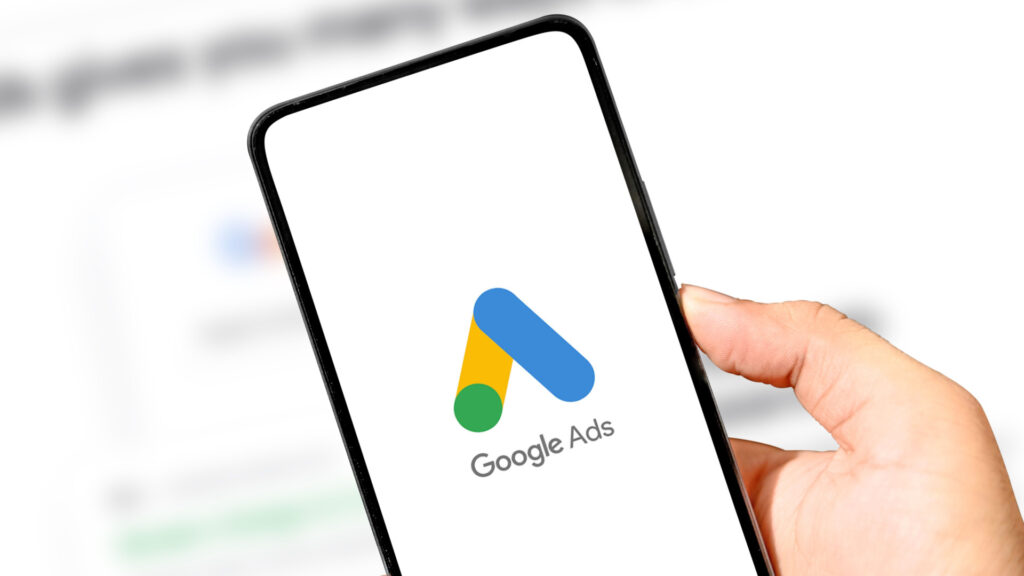
Google is expanding access to incrementality testing, rolling out major updates designed to help advertisers of all sizes measure the true, causal impact of their ads — what’s driving results and what’s not.
Driving accessibility and accuracy. Google has slashed the minimum spend for incrementality tests from around $100,000 to just $5,000, dramatically lowering the barrier for smaller advertisers to measure ROI with scientific precision. Marketers can now run controlled experiments to isolate the lift generated by their campaigns and optimize budgets accordingly.
At the same time, Google says it has improved the methodology behind incrementality testing through new statistical models that deliver up to 50% more conclusive results. The update aims to give marketers clearer, more reliable insights — and fewer inconclusive tests that stall decision-making.
Faster insights, faster action. Google is also speeding up reporting and adding customization options for experiment design. Advertisers can now set custom test sizes, pick their preferred confidence levels, and view results directly in the interface. Faster turnaround means marketers can act on learnings more quickly — even when performance differences are subtle — to refine campaigns in near real time.
A more complete measurement framework. Incrementality is now positioned as one piece of a broader measurement ecosystem alongside Marketing Mix Models (MMMs) and Attribution.
- MMMs show the big picture across channels and external factors.
- Incrementality provides causal data on specific campaigns.
- Attribution connects touchpoints to outcomes.
Together, these tools create a holistic measurement strategy, helping brands calibrate models and gain a clearer view of what truly drives growth.
Why we care. In a year where marketers are under more pressure than ever to justify spend, these updates make advanced incrementality experiments — once reserved for enterprise budgets — far more accessible and actionable, helping teams clearly link ad investments to revenue growth.
The bottom line. With lower costs, better data, and faster reporting, Google’s incrementality updates make it easier for every advertiser — not just large ones — to prove what’s working, optimize spend, and strengthen confidence in marketing ROI.

